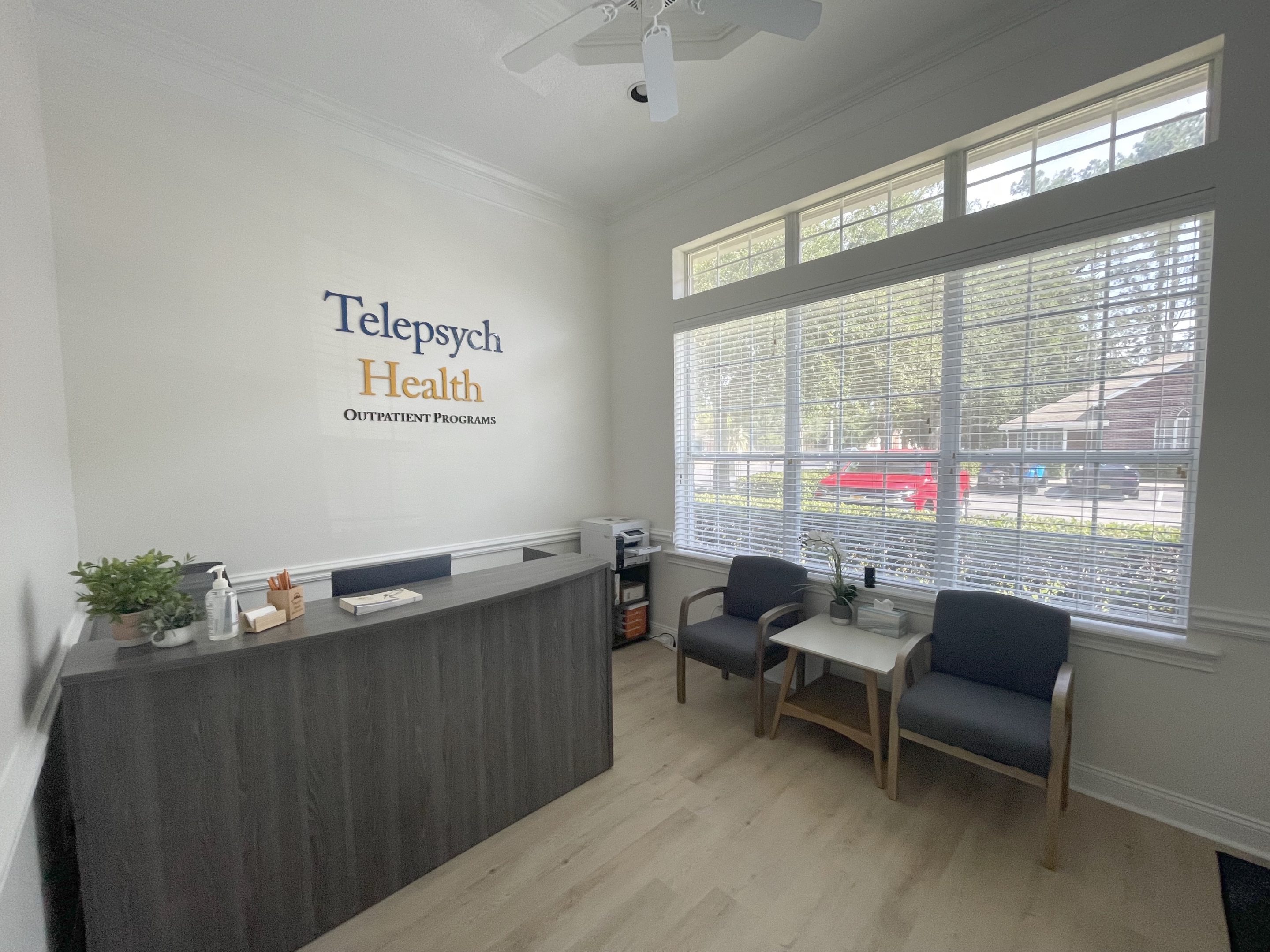When it comes to setting up your therapy office, creating a space that is inviting, comfortable, and conducive to healing is of utmost importance. The design and essentials of your therapy office play a crucial role in creating a positive environment for your clients. If you’re a new starter, we’ve already covered the topic of expanding your therapy practice. This article will explore various aspects of setting up a therapy office, from the layout and furniture to the essential tools and decorations that can enhance the therapeutic experience.
KEY TAKEAWAYS
- Design and essential elements are crucial for a therapeutic environment in your therapy office.
- Prioritize comfort, privacy, and accessibility in the layout.
- Comfortable furniture, appropriate lighting, and soothing colors create a relaxed and safe atmosphere.
- Incorporate storage solutions, privacy enhancements, and nature-inspired elements.
- Consider ergonomics and safety measures.
- Add personal touches to create a welcoming space.
- A well-designed therapy office promotes open communication and trust.
- Invest in high-quality, low-maintenance furniture.
- Regularly update the design to meet evolving needs.
- The office plays a vital role in supporting clients’ therapeutic journeys.

Key Considerations for Setting Up Your Therapy Office
When it comes to setting up your therapy office, there are several key considerations that can significantly impact the overall atmosphere and effectiveness of your sessions. Each aspect plays a vital role in creating a welcoming, comfortable, and healing space, from the layout and design to essential elements such as furniture, lighting, and colors. If you’re new here, we have a guide to private practice success.
In this section, we will explore the key considerations you should keep in mind when setting up your therapy office, ensuring that it promotes a positive therapeutic experience for your clients.
1. The Layout

The layout of your therapy office sets the foundation for a productive and therapeutic space. Consider the following factors when planning the layout:
a) Reception Area: Your reception area is your client’s first point of contact. Ensure it is warm and welcoming, with comfortable seating, soothing colors, and soft lighting. Display some calming artwork or plants to create a serene atmosphere.
b) Therapy Room: The therapy room should provide a sense of privacy and security. Position your chair or couch in a way that allows for easy eye contact with your clients. Consider the placement of windows and lighting to create a tranquil ambiance.
c) Office Supplies: Keep necessary office supplies such as tissues, notepads, and pens within easy reach. This ensures a smooth flow during sessions and prevents any unnecessary interruptions.
2. Comfortable Furniture
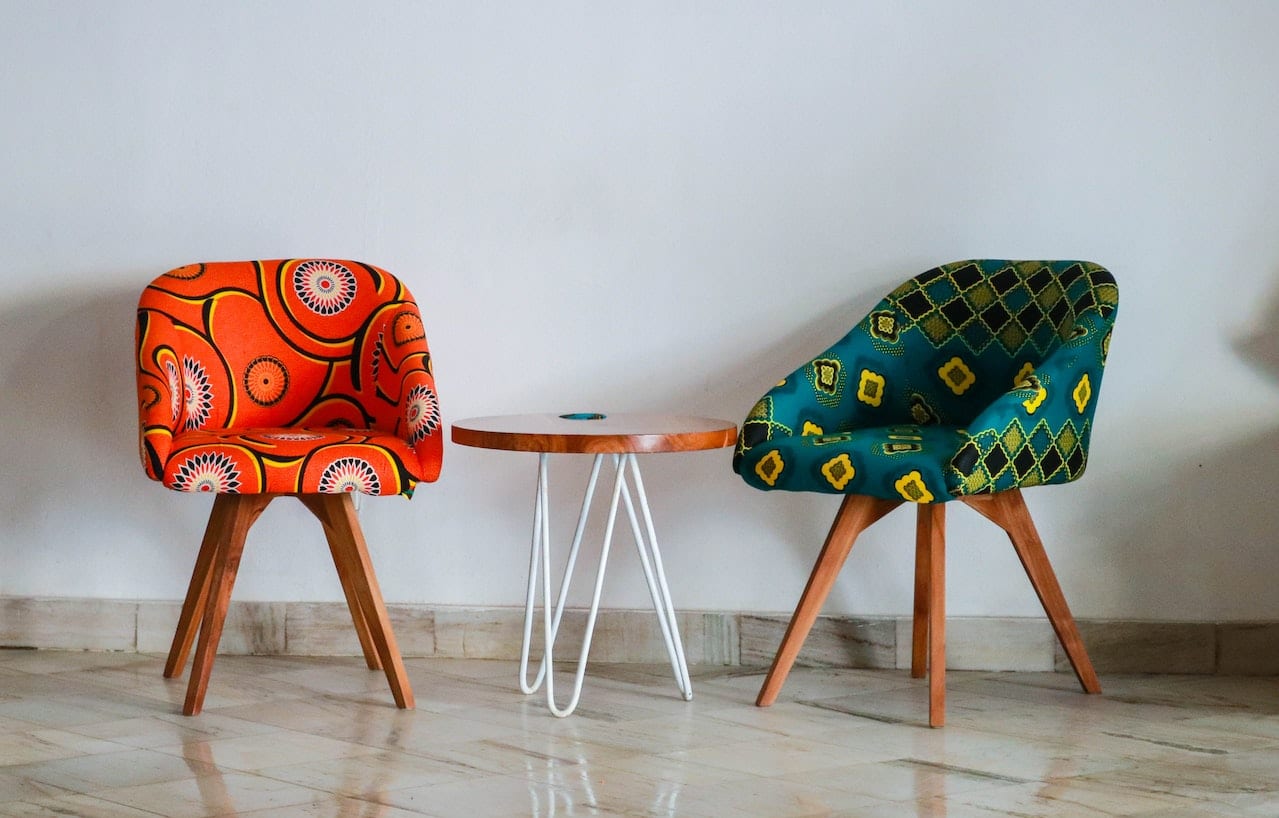
Choosing the right furniture is essential for creating a comfortable environment for your clients. Invest in comfortable seating options, such as armchairs or couches, that provide physical support and relaxation. Natural wood surfaces are awesome and comfortable. Opt for furniture with soft, neutral colors that promote a calming effect. Consider the size of your therapy room to ensure that the furniture does not overwhelm the space.
When it comes to comfortable furniture in your therapy office, consider the following:
Physical support: Choose furniture with well-padded seats and backrests to ensure comfort and proper posture for clients during sessions.
Relaxation and safety: Comfortable seating helps create a welcoming and nurturing environment, promoting relaxation and fostering trust in the therapeutic relationship.
Size and space: Select furniture that fits well within your therapy room, allowing clients to move and adjust comfortably.
Fabric and upholstery: Opt for soft, durable, and easy-to-clean fabrics that complement the overall design and create a soothing atmosphere.
Versatility and flexibility: Choose furniture with adjustable features or modular pieces to accommodate different therapeutic approaches and individual preferences.
Maintenance and durability: Invest in high-quality furniture with sturdy frames and easy-to-clean materials for longevity and hygiene.
3. Lighting and Colors
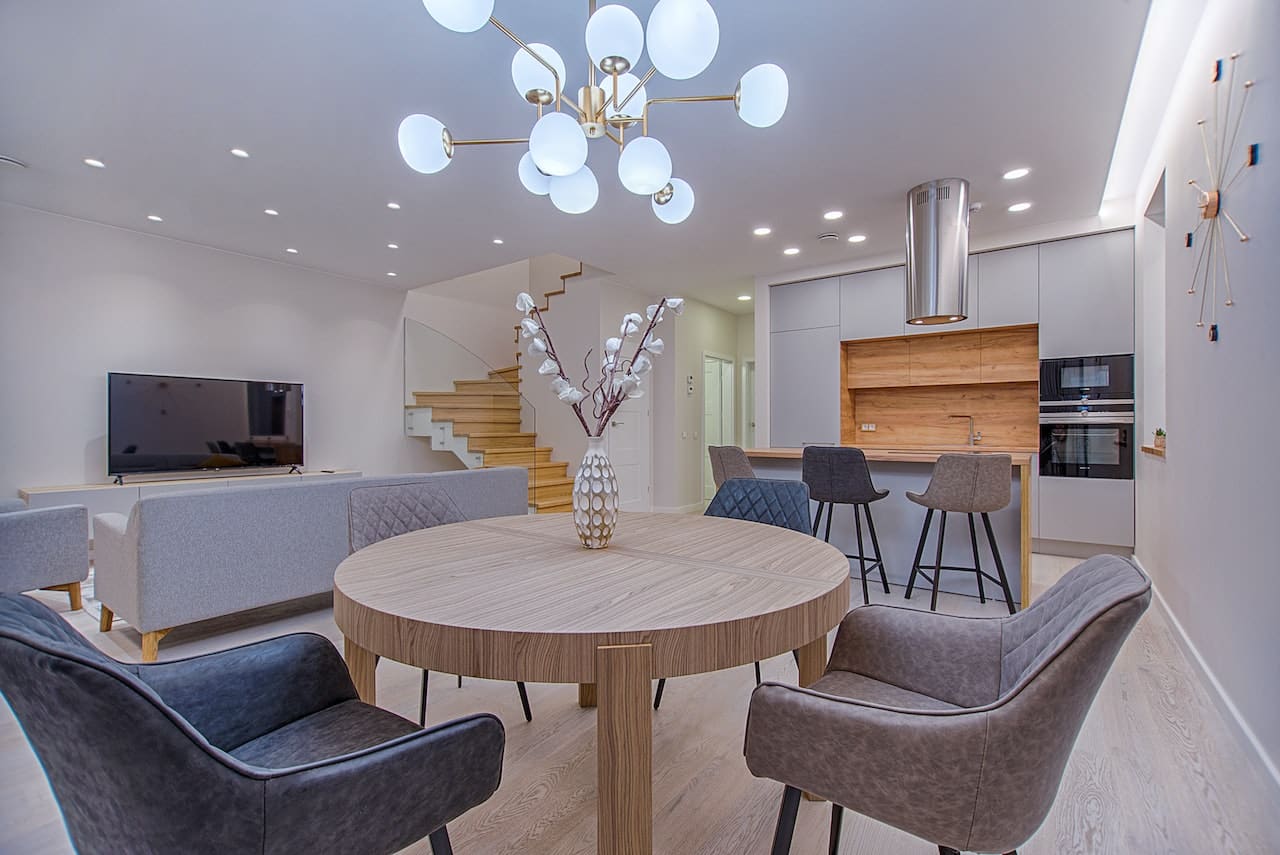
Lighting and colors play a significant role in setting the mood of your therapy office. Natural light is ideal, as it promotes a sense of openness and positivity. However, if natural light is limited, opt for soft, warm lighting fixtures that emit a cozy glow. Avoid harsh fluorescent lights, which can create a clinical and unwelcoming atmosphere.
Choose a color scheme that promotes tranquility and comfort. Soft blues, greens, and earth tones are often associated with relaxation and emotional well-being. Incorporate these colors into your furniture, walls, and decor to create a soothing environment.
a) Calming Atmosphere: Combine soft, warm lighting with soothing colors to create a calm and inviting atmosphere. This combination can promote relaxation and create a sense of safety and comfort for your clients in your private practice.
b) Energizing Environment: If you have therapy sessions that require more energy or engagement, consider using brighter lighting and incorporating invigorating colors like yellows or oranges. This can help create a stimulating and motivating environment.
c) Personalization: Customize the lighting and color choices based on your therapeutic approach or personal style. Consider how the lighting and colors align with your client’s needs and the type of therapy you offer.
By carefully considering the lighting and colors in your therapy office, you can create a space that supports emotional well-being, relaxation, and comfort for your clients. Experiment with different combinations to find the right balance that complements your therapeutic approach and creates a warm and inviting atmosphere.
4. Therapeutic Tools and Essentials
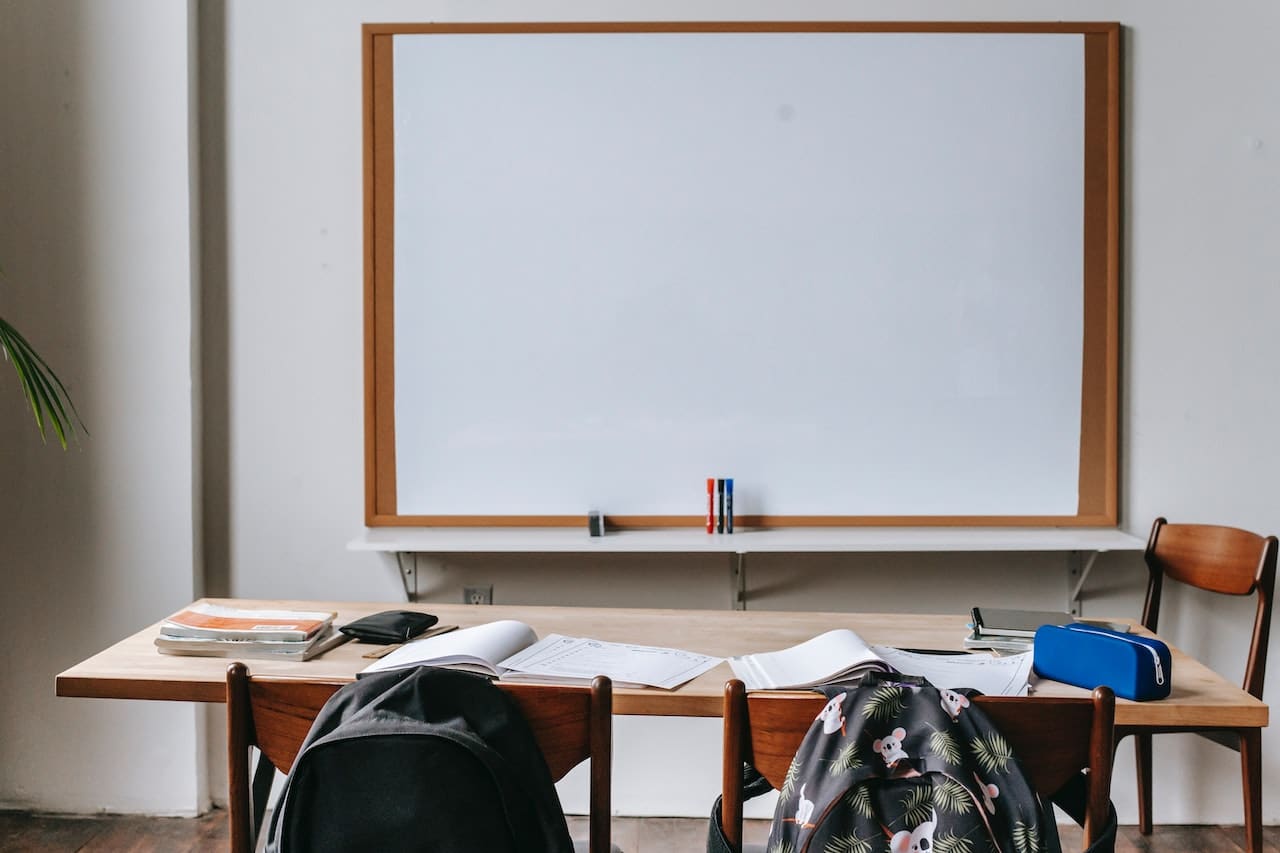
Having the right tools and essentials in your therapy office can greatly enhance your sessions. Consider the following:
a) Whiteboard or Easel: Visual aids can be useful for explaining concepts, drawing diagrams, or facilitating discussions. A whiteboard or easel allows you to visually convey information and engage your clients in a more interactive manner.
b) Relaxation Resources: Provide resources that promote relaxation and stress reduction. This could include calming music, guided meditation recordings, or mindfulness exercises. These tools can help your clients unwind and create a peaceful atmosphere.
c) Reading Materials: Stock your office with a selection of books and literature related to mental health, personal growth, and self-care. This allows your clients to explore topics of interest and gain insights beyond the therapy session.
d) Privacy Measures: Ensure your therapy office offers the necessary privacy for confidential conversations. Soundproofing materials like acoustic panels or white noise machines can help maintain a secure and confidential environment.
5. Personal Touches and Decorations
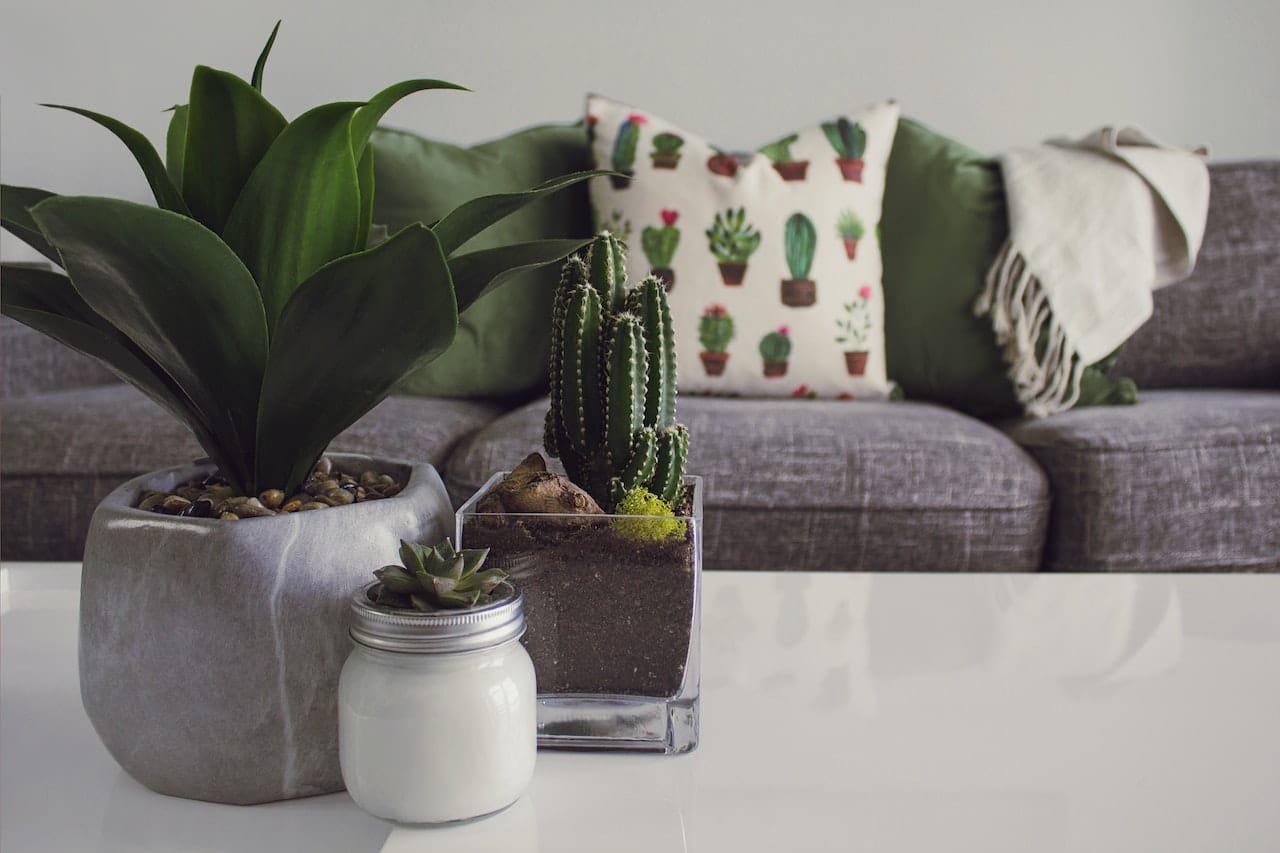
Adding personal touches and decorations to your therapy office can create a warm and inviting atmosphere. Consider incorporating elements that reflect your personality, such as artwork, photographs, or inspirational quotes. However, be mindful not to overwhelm the space with excessive clutter, as it may distract from the therapeutic environment.
You can also browse the internet to check therapist office decor, office walls, office decor, and indoor plants.
6. Storage Solutions
Effective storage solutions are essential for keeping your therapy office organized and clutter-free. Invest in cabinets, shelves, or storage bins to organize supplies, files, and therapeutic tools. This promotes a sense of professionalism and ensures that everything is easily accessible when needed.
7. Comforting Ambiance
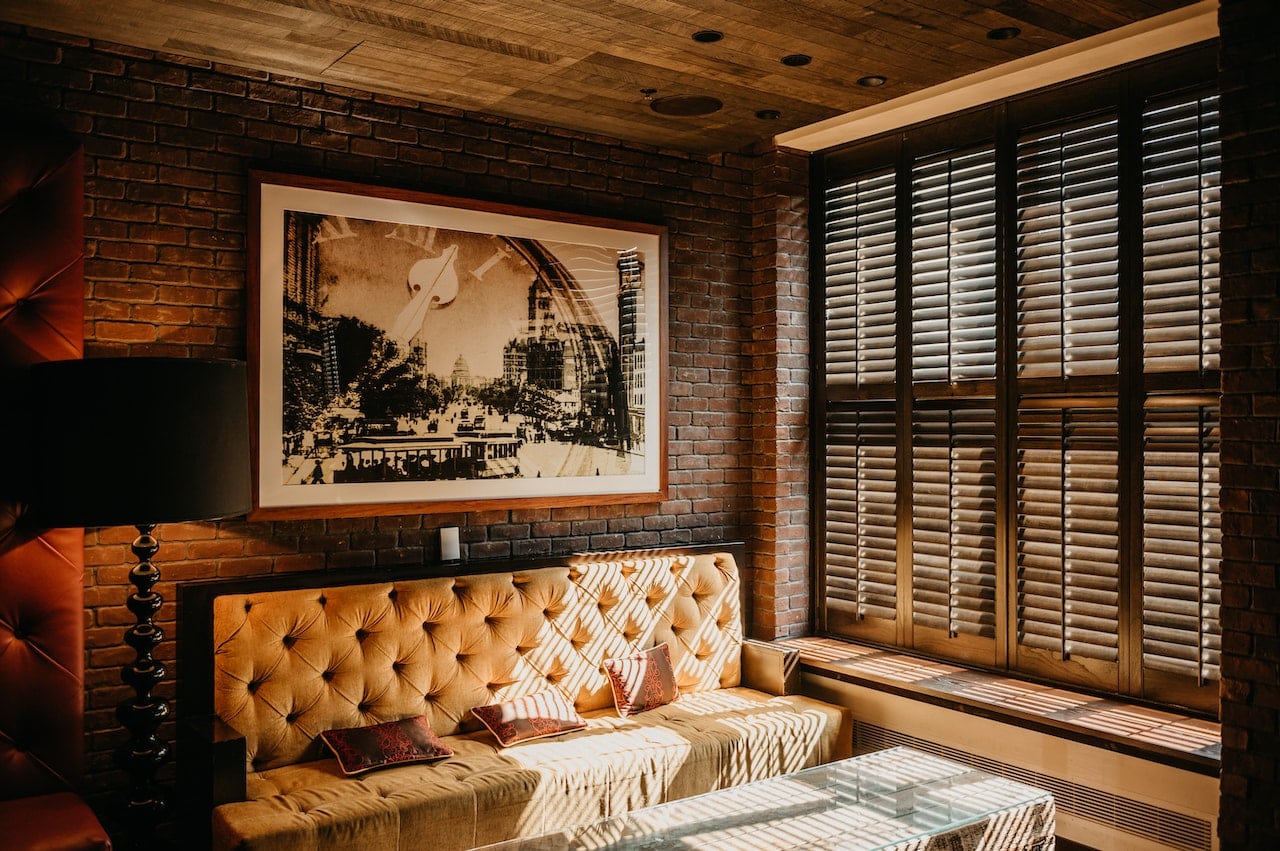
Consider incorporating elements that create a comforting ambiance in your therapy office. Soft background music, a small fountain, or aromatherapy diffusers with calming scents like lavender or chamomile can help create a soothing environment. These subtle touches can contribute to your clients’ relaxation and a sense of well-being.
a. Establishing a Connection:
Personal touches help create a sense of connection and authenticity in your therapy office. Displaying items that reflect your interests, hobbies, or values can serve as conversation starters and help clients feel more comfortable opening up. This can foster a stronger therapeutic alliance and create a space where clients feel understood and supported.
b. Creating a Welcoming Atmosphere:
Decorations play a significant role in setting the tone and ambiance of your therapy office. Choose decor elements, such as artwork, photographs, or inspirational quotes, that align with the purpose of your private practice and evoke a sense of calm, positivity, and hope. Consider incorporating nature-inspired elements like plants or natural textures to create a soothing and grounding environment.
c. Enhancing Comfort and Relaxation:
Pay attention to the comfort and aesthetics of your therapy furniture and accessories. Add plush cushions, cozy throws, or soft rugs to create a warm and comfortable space for clients. These small touches can make a big difference in helping clients feel at ease and creating a safe and nurturing environment for their therapy journey.
d. Cultural Sensitivity and Inclusivity:
Consider your clients’ diverse backgrounds and cultural preferences when adding personal touches and decorations. Create an inclusive and respectful space by incorporating diverse artwork, symbols, or objects celebrating different cultures or perspectives. This demonstrates your commitment to cultural sensitivity and creates a welcoming environment for all clients.
e. Professional Boundaries:
While personal touches and decorations are encouraged, it is essential to maintain professional boundaries in your therapy office. Choose appropriate items and align them with the therapeutic setting. Avoid displaying overly personal or controversial items that may distract or create discomfort for clients. The focus should be on creating a space that supports their healing journey.
f. Evolving and Updating:
Regularly assess and update your personal touches and decorations to keep your therapy office fresh and relevant. Rotate artwork, update photographs, or incorporate new decor elements that reflect your growth as a therapist and accommodate your client’s evolving needs and preferences.
8. Accessibility Considerations
Ensure your therapy office is accessible to all individuals with mobility challenges or disabilities. Install ramps or elevators for easy wheelchair access, and ensure the furniture arrangement allows sufficient space for maneuvering. Accessible restrooms and parking spaces are also crucial for accommodating all clients.
9. Nature-Inspired Elements
Incorporating nature-inspired elements into your therapy office design can positively impact the therapeutic experience. Introduce potted plants, natural textures like wood or bamboo, or nature-themed artwork. These elements can create a sense of tranquility, connect clients with the natural world, and promote a soothing atmosphere.
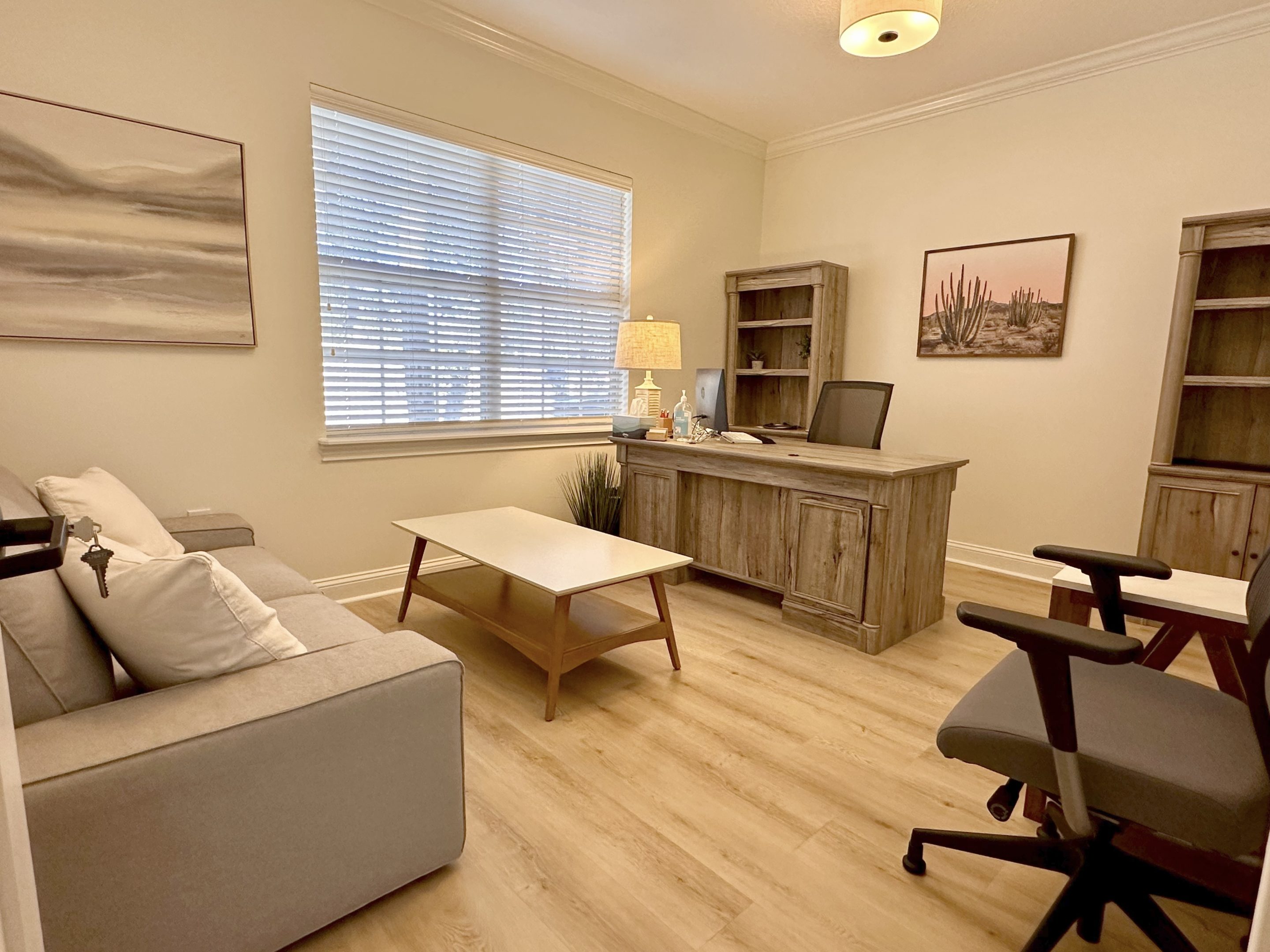
10. Ergonomic Considerations
Prioritize the comfort and well-being of both you and your clients by choosing ergonomic furniture and accessories. Invest in an adjustable chair that properly supports your back and promotes good posture. Provide comfortable cushions or pillows for clients who prefer additional support during sessions. Ergonomic considerations contribute to a more relaxed and physically comfortable environment.
11. Safety Measures

Ensure the safety of your therapy office by implementing appropriate measures. Secure heavy furniture to prevent accidents, cover electrical outlets and ensure that any cables or cords are safely tucked away. Conduct regular safety checks to identify and address potential hazards promptly.
Summary
In conclusion, setting up your therapy office with thoughtful design and essential elements is an opportunity to create a space that fosters healing, growth, and positive transformation. By prioritizing comfort, privacy, and accessibility, incorporating comfortable furniture, appropriate lighting, and soothing colors, and adding personal touches and decorations, you can establish a warm, professional, and therapeutic environment.
The design and essentials of your therapy office play a crucial role in shaping the therapeutic experience. They contribute to creating a safe, inviting space where clients can explore their thoughts, emotions, and personal growth. Personal touches and decorations add a unique and authentic touch, establishing a connection and creating a welcoming atmosphere.
Setting up your therapy office is an ongoing process, allowing you to continuously adapt and enhance the environment to serve your clients best. A well-designed therapy office ultimately promotes open communication, trust, and a positive therapeutic experience, setting the stage for transformative growth and empowering clients on their healing journey. Lastly, if you’re new, learn the basic mistakes beginners make in private practice.

 Bruce Bassi
Bruce Bassi
